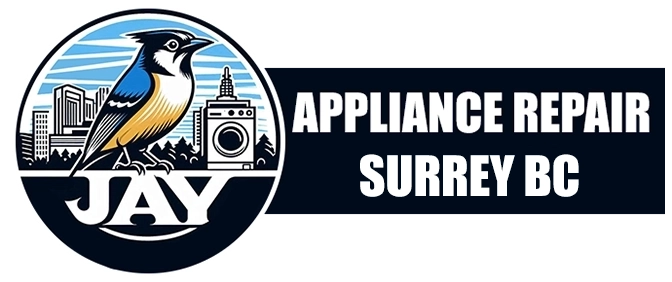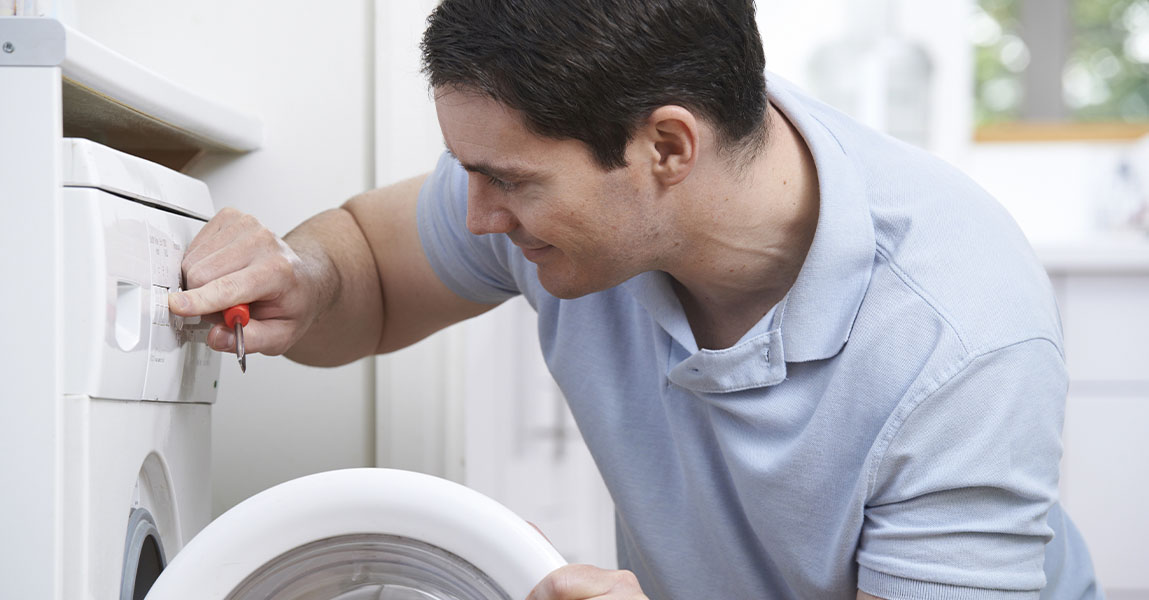Washers are built to handle heavy loads of laundry, yet there are times when they shake so much during spin cycles that it becomes a concern. We want to explain why this happens, what it means for your machine, and how you can deal with it. Understanding these causes helps us take better care of our appliances and avoid damage over time.
Uneven Loads and Weight Distribution
Clothes often bunch up on one side of the drum. When this happens, the load inside becomes uneven, and the washer struggles to stay balanced. As a result, the machine shakes during the high-speed spin. In other words, the movement is not because of a broken part but because the weight is not evenly spread.
We can prevent this by redistributing clothes when the machine begins to shake. For instance, spreading heavy items like towels or blankets across the drum instead of letting them clump together reduces the strain. Doing this regularly helps extend the life of the drum and bearings. It also makes each wash cycle smoother, saving wear on the motor.
Leveling and Floor Stability
Sometimes the problem comes from the floor itself. Washers must sit flat, but if the floor is uneven, vibrations become worse. Even a slight tilt can cause the machine to move back and forth. Therefore, it is important to check whether all four feet of the washer touch the floor firmly.
Adjusting the leveling feet is simple but necessary. We can twist each one until the washer feels steady and no longer rocks. Placing the unit on a solid floor surface instead of weak or flexible flooring also makes a difference. A washer sitting firmly on a stable surface will shake less and run more quietly.
Shock Absorbers and Suspension Issues
Inside the machine, shock absorbers and suspension springs keep the drum steady during fast spins. When these parts weaken or fail, the drum moves too freely. Consequently, the washer shakes far more than it should. Unlike balancing a load, this issue usually requires repair.
If we hear loud banging or notice the drum bouncing more than normal, suspension parts might be worn out. Replacing them helps restore balance and protects other components. Ignoring this kind of problem can lead to damage to the outer tub and even motor strain over time. That is why our team always checks these parts during service.
Bearings and Drum Support Problems
Another cause of shaking is worn drum bearings. Bearings allow the drum to spin smoothly, but over time they can wear out. When this happens, the drum may wobble, creating shaking and grinding noises. This issue is serious because it affects both performance and safety.
Replacing bearings is a technical job, and it often requires taking apart most of the machine. In many cases, the entire drum assembly may need attention. If shaking continues even after balancing loads and leveling the washer, bearings should be inspected. Proper maintenance helps avoid total breakdowns that cost much more to fix.
Flooring Materials and Vibration Pads
Homes with tile or laminate floors may notice stronger shaking because these surfaces reflect vibrations. Similarly, washers installed on raised floors may create more movement. Using vibration pads beneath the washer helps absorb shock and reduce noise.
We have found that thick rubber pads are more effective than thinner ones. They provide better grip, preventing the machine from sliding. Moreover, pads protect delicate floors from scratches caused by washer movement. This small step makes a big difference for both comfort and appliance stability.
Overloading and Machine Capacity
Washers are designed with specific load limits. Overloading with too many clothes or heavy fabrics puts stress on the drum. As a result, the washer cannot spin properly, and shaking becomes more intense. Even though it may seem efficient to wash larger loads, it often causes more harm than good.
We should load the machine according to its capacity guidelines. Filling the drum loosely allows clothes to move freely and distribute weight evenly. In addition, smaller loads improve cleaning results and shorten drying time afterward. Respecting the washer’s design ensures it runs smoothly for longer.
Regular Maintenance and Inspections
Maintaining a washer goes beyond cleaning lint or wiping the door seal. Regular inspections of moving parts help prevent unexpected shaking. Checking shock absorbers, tightening loose screws, and keeping the drum balanced are all part of proper care.
Our team recommends scheduling a full service every few years. During service, we can spot early signs of wear before they lead to costly breakdowns. In many cases, what looks like a serious issue is solved by adjusting or replacing a small part. Taking this proactive step saves time, money, and stress in the long run.
When Professional Help Is Needed
Shaking that continues after balancing loads and leveling should be taken seriously. At that point, the cause is likely worn suspension, bearings, or other internal parts. These repairs require knowledge and tools most households do not have. Professional technicians handle these problems safely.
For homeowners in the area, our company provides appliance repair services in Surrey. With experience and training, we can quickly identify whether the issue comes from a part that needs replacement or simply from an installation adjustment. Trusting skilled service keeps washers running safely.
Washer-Specific Repairs
Some machines are more prone to shaking due to their design. Front-load washers often rely heavily on suspension and bearings, while top-load washers may suffer more from unbalanced loads. Recognizing the type of machine helps narrow down the problem.
If a washer begins making grinding or banging noises along with shaking, that is usually a sign of failing components. Our team provides solutions through washer repair in Surrey. Acting early prevents further wear and reduces repair costs. Understanding these differences allows us to handle each case properly.
Preventing Damage to Your Home
Strong shaking does more than harm the washer. It can also damage nearby walls, floors, and connections. Water hoses and drain lines may loosen if vibrations remain unchecked. Therefore, addressing shaking quickly protects both the appliance and the home.
Installing washers on reinforced flooring or using anti-vibration mats is one way to prevent damage. Equally important, keeping loads balanced and following care steps ensures fewer risks. These small efforts give peace of mind that the washer will not cause unnecessary trouble around the house.
Proper Care Leads to Longer Use
A washer is a long-term investment in every household. Taking steps to reduce shaking not only protects the machine but also makes daily routines easier. We can prevent many issues by staying aware of how we load, where we place, and how we maintain the washer.
For any concerns that go beyond basic adjustments, reaching out to trusted service is the safest option. Our team is always available through contact us for support. Proper care ensures that washers stay reliable, efficient, and safe to use every day.
FAQ
Why does my washer shake even with small loads
Small loads can also cause imbalance if clothes gather on one side. Spreading items evenly across the drum helps reduce the problem.
Can unbalanced washers cause damage over time
Yes, repeated shaking can wear out suspension parts, damage bearings, and strain the motor. Fixing the issue early prevents larger repairs.
Do vibration pads really make a difference
Vibration pads absorb movement and reduce noise, especially on hard or uneven floors. They are an inexpensive way to improve stability.
How do I know if the bearings are worn
Worn bearings usually cause grinding or rumbling sounds during spin cycles. They may also allow the drum to wobble or tilt inside the washer.
When should I call for professional repair
If shaking continues after balancing loads and adjusting the feet, it is time to call for service. A technician can inspect internal parts and replace what is needed.

